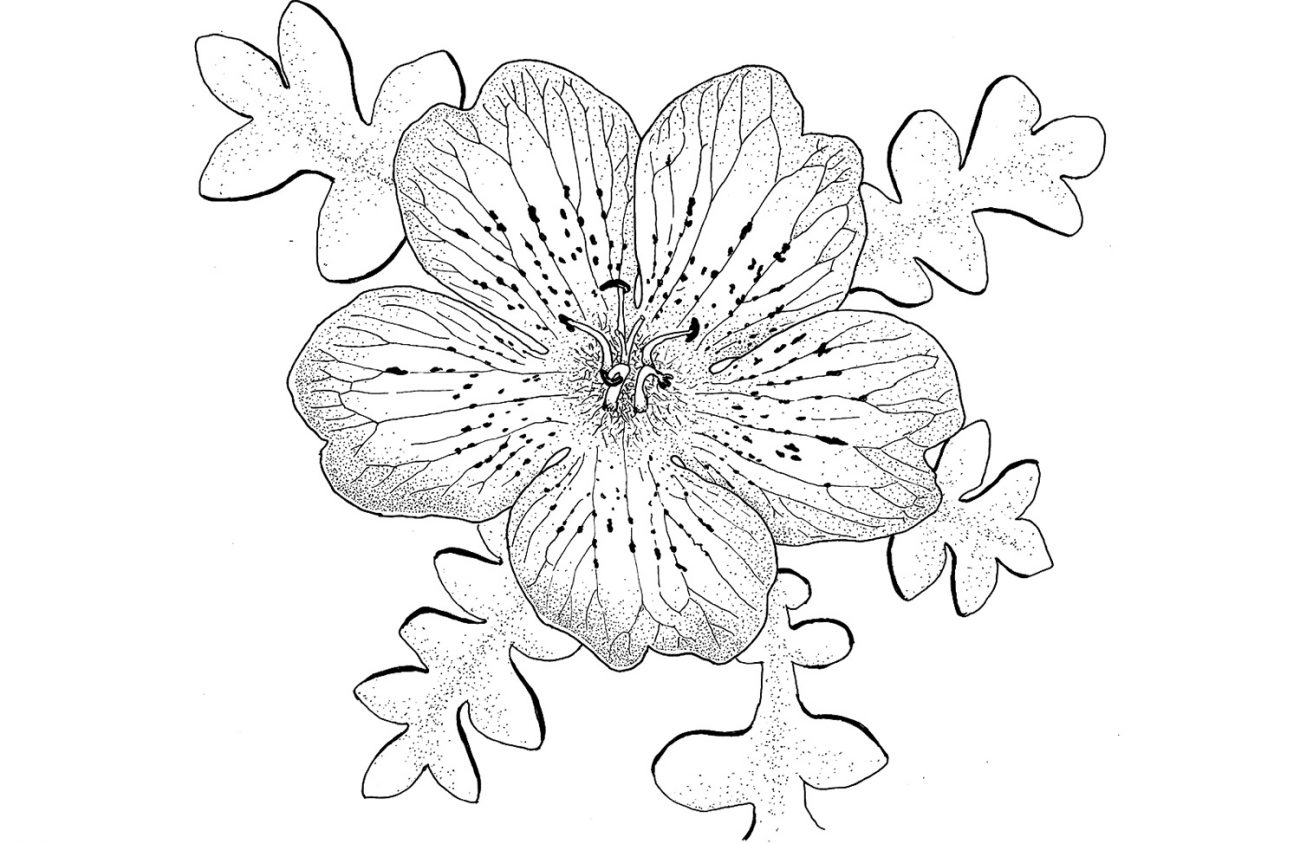Our transition from rainy season through spring to summer is not a steady process. This past rainy season was never interrupted with winter in the Willamette Valley; snow and freezing were essentially absent on the valley floor. There were nights that got below freezing, but we never had temperatures below freezing for days on end, the kind of freeze that causes pipes to burst. Chilly has been the theme: beautiful sunny days but often with chilly winds and rainy weather that was plain chilly day and night. We had many cycles of bright and sunny alternating with gloomy and chilly.
With the passage of Equinox, sunny days have warmed the ground enough to initiate the wave of leafing out and flowering in woodlands and prairies. April and May are our prime lowland wildflower months. It is not until June that ridgetops in the foothills burst into maximum color mode. Between rocky outcrops, steep meadows, seepy ravines and shady north cliffs, ridge top flower diversity is fabulous. Ridgetop habitats also mean thin soil that dries out quickly; they pass peak flowering quickly. The high mountain meadows open more slowly but last longer, all through summer up to the Cascade crest.
Flower sniffing and butterfly watching tend to be considered something that only old timers do. Academic snobs look on natural history as somewhat borderline science. However, modern technology has enraptured the traditionalists. Contemporary digital photography has enriched nature appreciation in ways never imagined by those who started photography in darkrooms.
David Wagner is a botanist who has worked in Eugene for more than 40 years. He teaches moss classes, leads nature walks and publishes the Oregon Nature Calendar. For information about getting the 2021 Oregon Nature Calendar, contact him directly at fernzenmosses@me.com.
